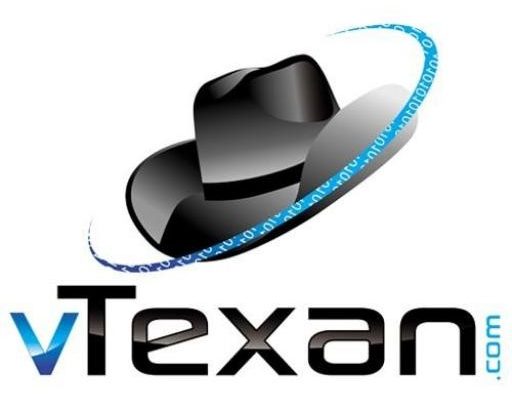The Journey to the Private Cloud
I had an interesting epiphany last week while shadowing on some Executive Briefings. So, in my last blog I wrote about what interested me in the Vblock architecture, especially around the compatibility matrix and all the components that integrate in the stack. The fact that the EMC Vblock takes away that tedious job of identifying all the various components and making sure that when you update one components firmware, that it doesn’t remove you from support on another, can be pretty endearing feature. The epiphany sort of happened when I was with Ed Saipetch talking through some go to market strategy around Vblock/Private Cloud with one of EMC’s large Systems Integrators. We started off the conversation with our Journey to the Cloud discussion, specifically around the different virtualization phases companies find themselves in. Here is a quick explanation of those phases:
Phase 1: The IT Apps
This is the easiest of all phases. Typically they virtualize those IT specific applications that no one, other than the IT folks, knows about (or maybe it’s paid little attention by most). In other words, when the IT group discussed their first phase of virtualization, no one with a decent title other than maybe the first line manager, showed up to the meeting to discuss it. 🙂
Phase 2: The Tier 2 Applications
These applications require a little more planning and more meetings (and “everyone” all up in your business). You have con calls with the application vendors just to make sure everything will be supported. Typically this is also the phase where a company standardizes on all future applications being deploying on Virtual Machines.
Phase 3: The Tier 1 Applications
This phase is the most intense. It usually requires meetings between the Executive Staff and other business units to get their sign off. It typically requires the application vendors and Systems Integrators to play a more active role. This phase is also where the IT organization transitions to “IT as a Service” or Private Cloud.
So here is a trend I’m starting to see. I’m sure you’ve heard the expression, “you can either lead, follow or get the hell out of the way”. In this case, one way or the other Private Clouds made up of integrated stacks of components are here to stay. The days of “which company has the best HBA platform”, or who has “the best storage on the planet” is going to start playing a lesser role in the overall IT landscape. VMware is doing a pretty great job of dismissing that already!! What will separate the wheat from the chaff is who can help their prospects and customers make the transition to IT as a Service easier and less complex then the other. Integrators and companies that have a background in things like Compliance/Governance, Security (not just intrusion/Ethernet security) as well as process definitions around “how to automate deployment of “x” application” will make this transition a lot easier than those that simply push boxes. The margins are just getting way too thin on commodity products. Now, this is not just an Integrator issue, pure play companies will have this issue as well. That’s why you are starting to see companies either getting acquired (or begging to be), or partnering to deliver these sorts of integrated stacks/cloud solutions. Not to mention I’m starting to see Service/Application Providers like Terremark, Savvis, Peer1 and even Google (GMAIL) and Microsoft (Exchange Hosting) sticking their hands in this cookie jar!! Let’s not even get started on companies like AT&T Synaptic Storage, Verizon and even power and utility companies doing the same thing !! hmmm, I feel a new blog post coming!!
So the IT landscape is at a pivot point. If you are in IT you need to ask yourself. Are we going to lead….follow or get the hell out of the way!?!
@vTexan


Great comments, and I love EMC’s Journey to the Cloud materials, they are spot on. From a cultural standpoint, there are often organizational practices that have to change to facilitate the move from Phase 1 -> Phase 2 -> Phase 3. The inability (or pure resistance) to make those changes is what often causes VM stall and total chaos in VM strategies. (Shameless plug, I think my next SearchServerVirtualization article will be on that topic.)
BTW – Love working with you, glad to see you at EMC. It’s gonna be a wild ride!
Thanks Mark !!! When you get your next blog up – come back and post a link to it !!